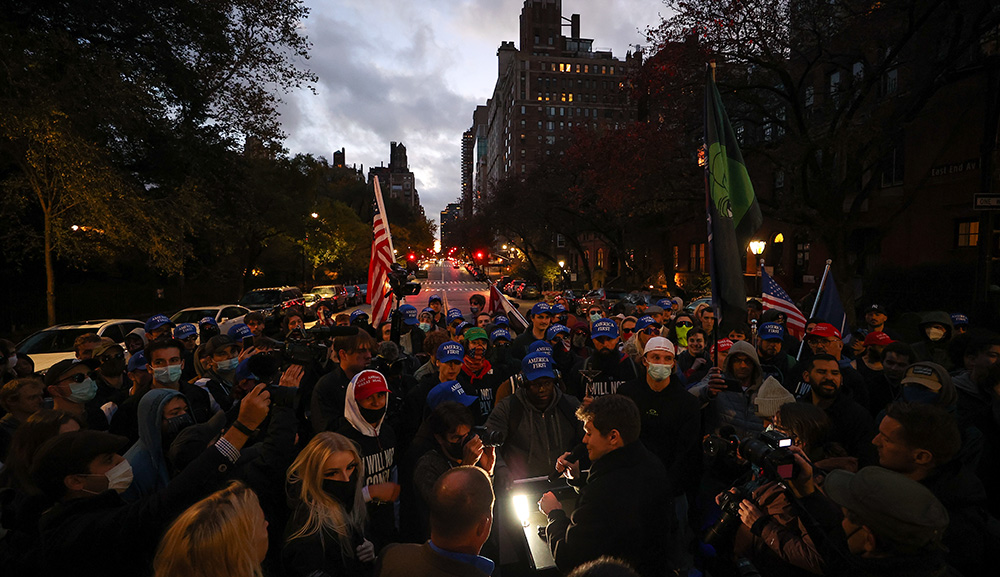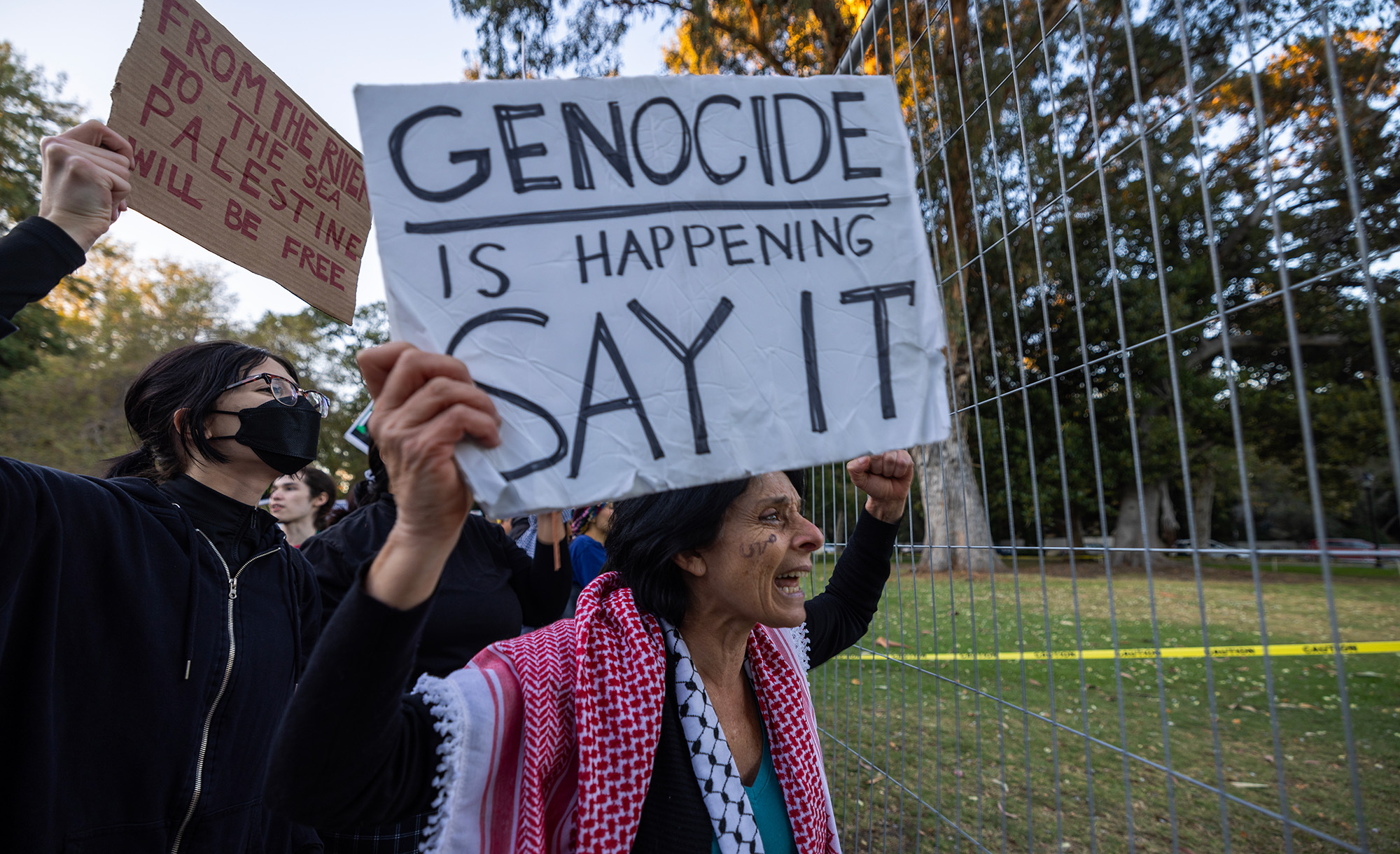The chief rabbinate of the United Kingdom dates back to the early 18th century, and has weathered major changes in the makeup of British Jewry. Jeremy Rosen comments on the tensions the institution has faced during the last century and the transformation of the organization that it heads:
For much of [the 20th century], the United Synagogue, as the Orthodox umbrella of Anglo-Jewry is known, tolerated standards that in practice allowed for a great deal of laxity and leeway. Most members did not keep Shabbat and drove to synagogue before going off after Saturday services to soccer matches or their businesses. Mixed choirs sang in several synagogues. Its ministers of religion dressed like Anglican churchmen. . . . It was not until Sir Isaac Wolfson in 1962 that the United Synagogue had a traditional Orthodox lay president. The supervision of kashrut in butcher shops and at functions was much more lenient then.
The arrival of survivors [of the Holocaust] from Eastern Europe began to exert far more Orthodox pressure on the community. The enclaves of genuine Anglo-Jewish Orthodoxy began to assert themselves and over time expanded beyond the confines of their ghettos. . . . Whereas once the chief rabbi set the tone, increasingly it was the Beth Din [rabbinic court], made up of men from far stricter backgrounds, that came to be the arbiter of United Synagogue practice. . . . From being the court of the chief rabbi, appointed by him, [the Beth Din] turned into a self-perpetuating oligarchy.
More about: British Jewry, Orthodoxy, Rabbis, Religion & Holidays, Ultra-Orthodox, United Synagogue


